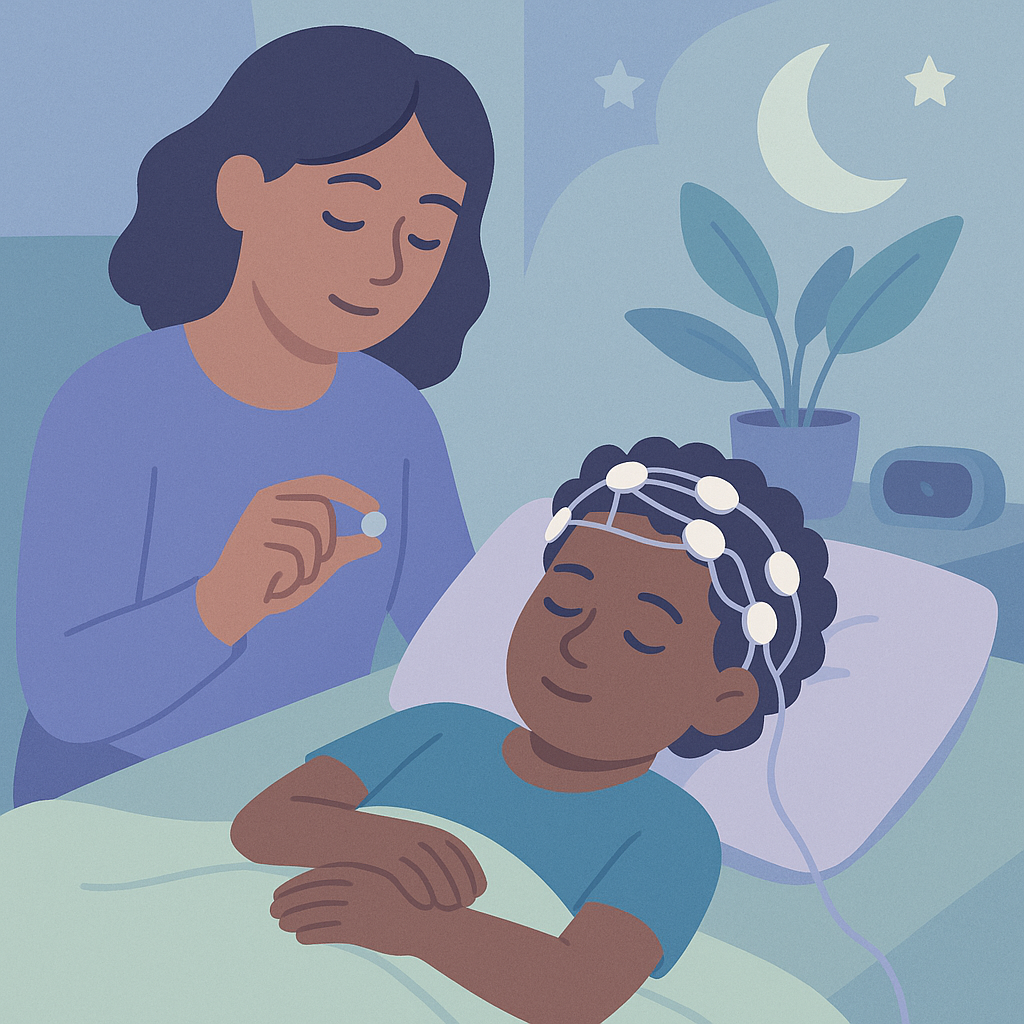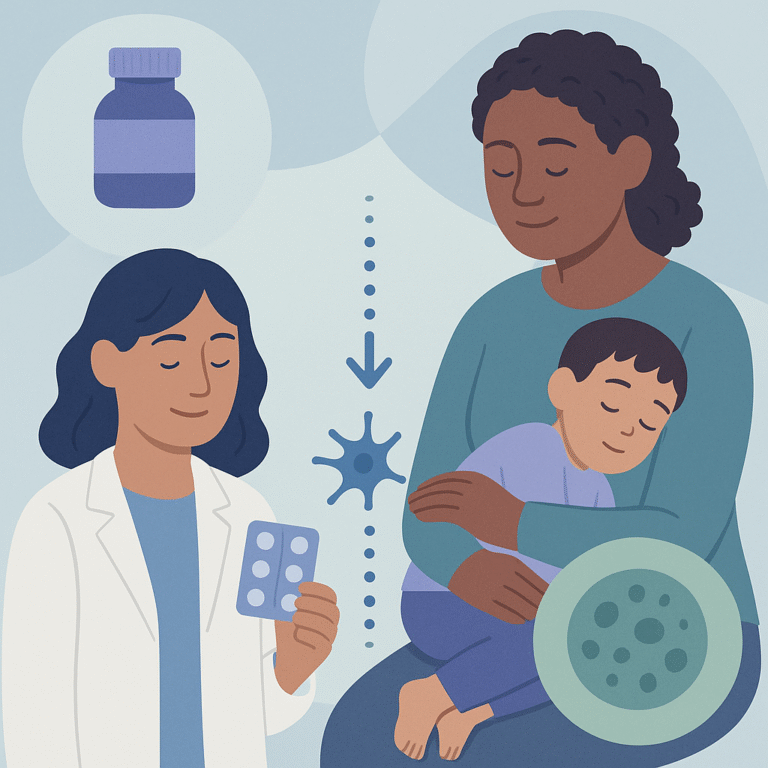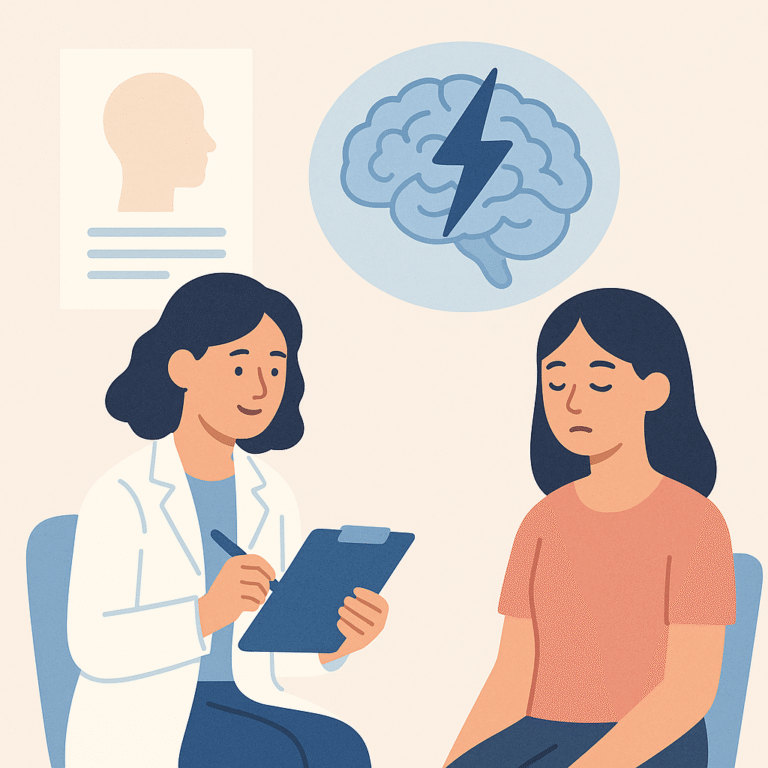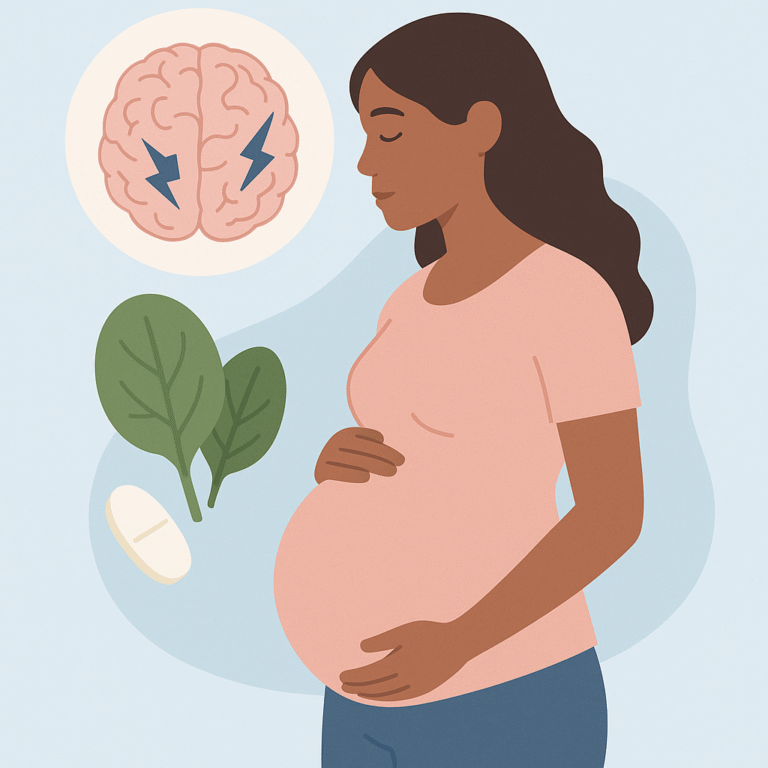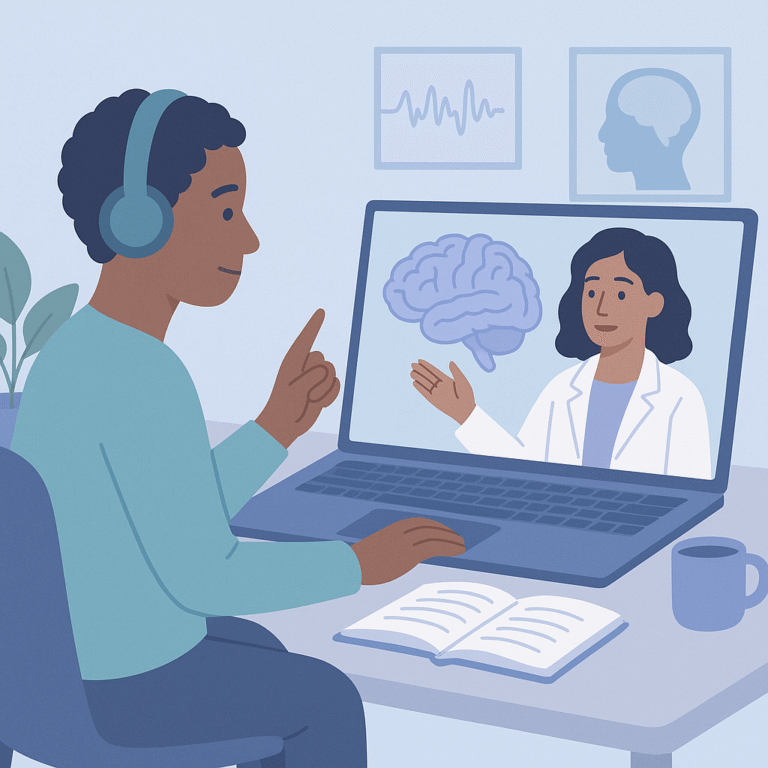Melatonin Helps Children Sleep Better for EEG Tests
Source: Clinical neurophysiology practice
Summary
A study was conducted to compare two methods of inducing sleep for electroencephalography (EEG) tests in children with epilepsy. The researchers looked at 169 children aged 2 to 17 years, dividing them into three age groups: 2-5 years, 6-11 years, and 12-17 years. The children were randomly assigned to either take melatonin to help them sleep or to be partially sleep-deprived before their EEG tests.
The results showed that 36% of the children had abnormal brain activity, known as epileptiform activity, during the EEGs. Notably, this rate was higher in the 6-11 age group, where 49% showed these abnormalities. While both sleep methods (melatonin and sleep deprivation) resulted in similar rates of epileptiform activity, melatonin was more effective in helping children sleep, with 97% of those who took it sleeping compared to 86% of those who were sleep-deprived. Importantly, no serious side effects were reported from either method.
This study is important because it suggests that using melatonin to induce sleep before an EEG is safe and can improve the chances of getting useful results. However, the study had some limitations, such as not exploring long-term effects or how these findings might apply to children with different health conditions. Overall, the findings support the use of melatonin as a helpful tool for sleep EEGs in children.
Free: Seizure First Aid Quick Guide (PDF)
Plus one plain-language weekly digest of new epilepsy research.
Unsubscribe anytime. No medical advice.